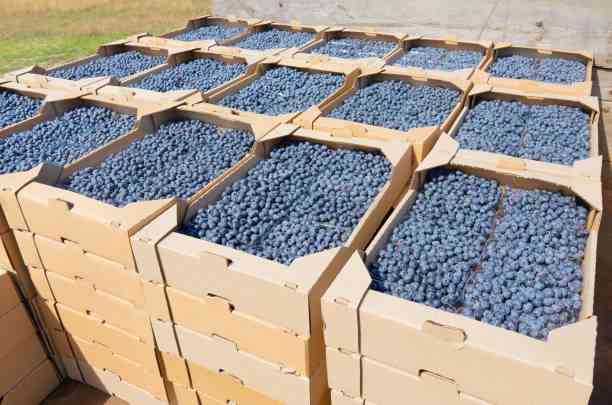
ZIMBABWE'S export sector has gained momentum, with significant increases in value-added products and local manufacturing, paving the way for sustainable economic growth.
This was revealed by Minister of Industry and Commerce, Mangaliso Ndlovu, yesterday during the 2024 ZimTrade annual exporters' conference held in Bulawayo.
"The government acknowledges that exports are the key driver of economic growth through foreign currency generation, increased productivity and employment creation," he said.
“I am pleased to note that the exports of value-added products increased by 3,4% from US$236,5 million from January to July 2023 to US$244,5 million in the same period this year.
“I am happy to share that the country has increased production and manufacturing of locally made goods to such a point that above 80% of the products on our shelves in Zimbabwe are made here in Zimbabwe."
Ndlovu said this was a result of deliberate efforts by the government, which saw the adoption and increased focus on value chain strengthening.
This, in turn, has presented massive opportunities for extending the growth of the manufacturing sector.
“With a growing confidence in our locally manufactured products, it is only prudent that we share the best of what Zimbabwe has to offer by taking these products into the export markets, and it is through such forums that we propel the top brands from Zimbabwe into the export markets,” he said.
- Interview: ‘We are nurturing vibrant, export-led start-ups’
- Interview: ‘We are nurturing vibrant, export-led start-ups’
- Zimbabwe’s trade deficit narrows to US$179m
- Ncube rallies Zim exporters to shake status quo
Keep Reading
“The plan's focus is to boost industrial competitiveness, stimulate productivity and expand the manufacturing sector in a way that facilitates export growth. Sector specific strategies will be pursued.”
These include the base metals and engineering sector, cotton to clothing, the oilseeds, bus and truck, among others.
The minister said collaboration was critical to addressing challenges and harnessing opportunities in the export market.
ZimTrade chief executive officer Allan Majuru said the country’s products were in high demand on the international markets, and they were ready to meet that demand.
“We are currently working on penetrating the United Arab Emirates, Saudi Arabia, Malaysian and Thai markets, and following a recent visit to Malaysia, we are in negotiations to get our local blueberry producers to supply 180 stores across the two countries,” he said.
“Zimbabwean blueberries are highly in demand in Asia where their taste has been described as sweet, floral, woody, drying, and musky with a touch of soft acidity that you cannot find elsewhere.”
Majuru said in the first half of this year alone, Macadamia exports have raked in 21% more than the same period last year, to over US$4 million in 2024.
“China is our biggest destination for Macadamia,” he said.
“French homes will experience our intricately woven baskets from the women of Matabeleland North, adorning their walls like pieces of living history.
“Our sculptures will tell our stories of resilience, identity, and creativity, and we are working on putting pine and teak furniture, windows and doors into homes across the globe.”
He said they have signed protocols with China for citrus and avocado exports.
“We have also explored new markets in Ghana, Senegal, and Nigeria, positioning Zimbabwe as a key player in intra-African trade. We have also done the same in the Middle East,” Majuru noted.
“It is worth noting that the country's export performance has been on an upward trend, registering an 8% increase from US$7,02 billion in 2022 to US$7,6 billion in 2023, surpassing our national target of US$7,2 billion.
“We understand that the impact of trade on national development goes beyond the numbers and should touch on women and youths as well as our rural communities,” he added.
The conference ran under the theme Qala. Tanga. Start.










